Putting together a budget for your landscaping can feel endless at times. Do you want to purchase an olive tree but have no idea how much one should cost? Is it cheaper to buy a younger olive tree or a more mature option? We'll answer these questions and a few others below in this post.
Generally, you can expect to spend around $50-$100 for a young olive tree. On the other hand, if you want to purchase a more established tree, this could set you back over $500.
Your final price will vary depending on your location, the nursery, and the popularity of olive trees at that time of year.
As we start, we will cover all things olive trees and discuss how much one should cost. Whether you're planning a garden or want to add more olive trees to your landscape, we're here to offer some help. With that said, let's dive right into this article below!
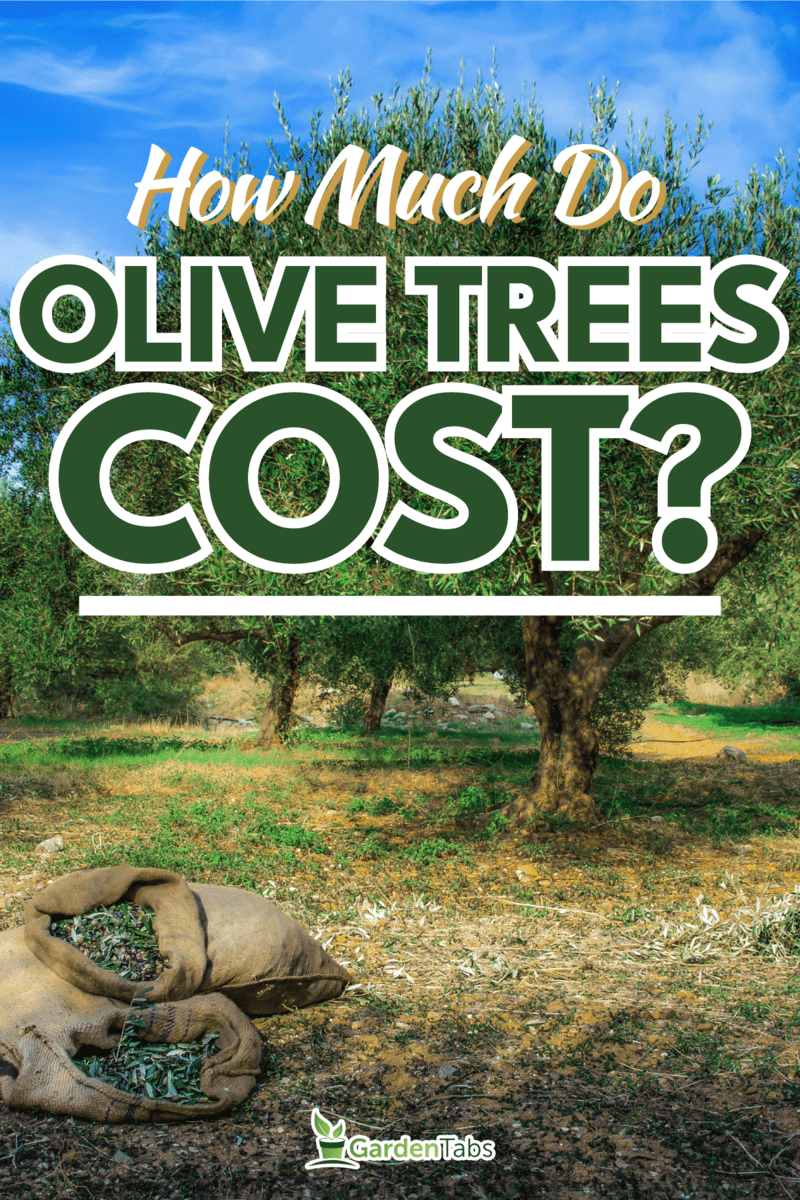
Are Olive Trees Expensive?
In general, olive trees will fall into a more expensive category. For example, some nurseries may sell you an olive tree for merely $50 (very immature sizing), while higher-end stores can charge thousands of dollars.
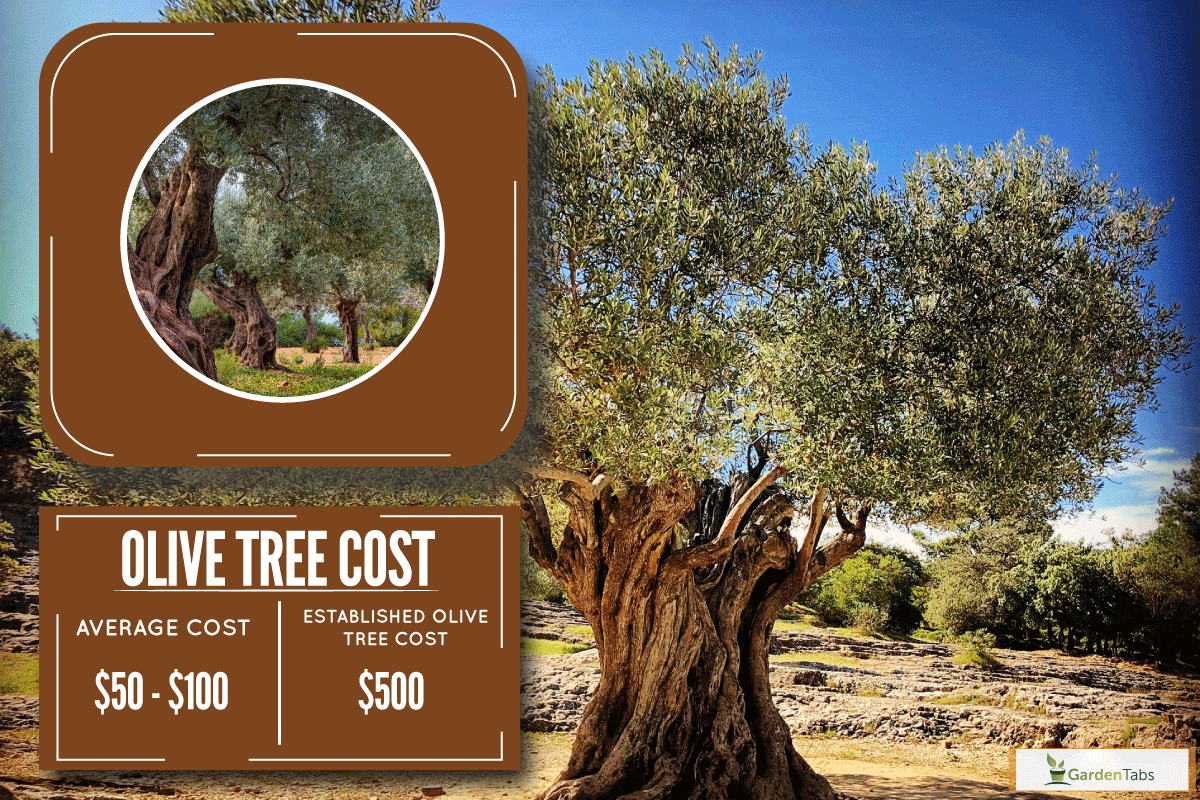
You will often see olive trees come in a few main sizes:
- 24-inch boxes
- 36-inch boxes
- 48-inch boxes
- 60-inch boxes
Again, that doesn't mean your olive tree will fill the entire box, but it will be bigger if you opt for a more expensive package.
Of this size group, a 60-inch olive tree box will usually be the biggest and total around $1,800 at most nurseries.
The location of your tree and nursery will also come into play here. Someone living in Beverly Hills will spend far more on an olive tree than another person in rural Wisconsin.
One of the most expensive and notable olive trees sold for a whopping $70,000 in Portugal to a French millionaire, so this can get pretty pricey, fast.
That said, this tree was 1,000 years old, so you won't be expected to foot the bill anywhere that massive if you stick to a younger tree at a local nursery.
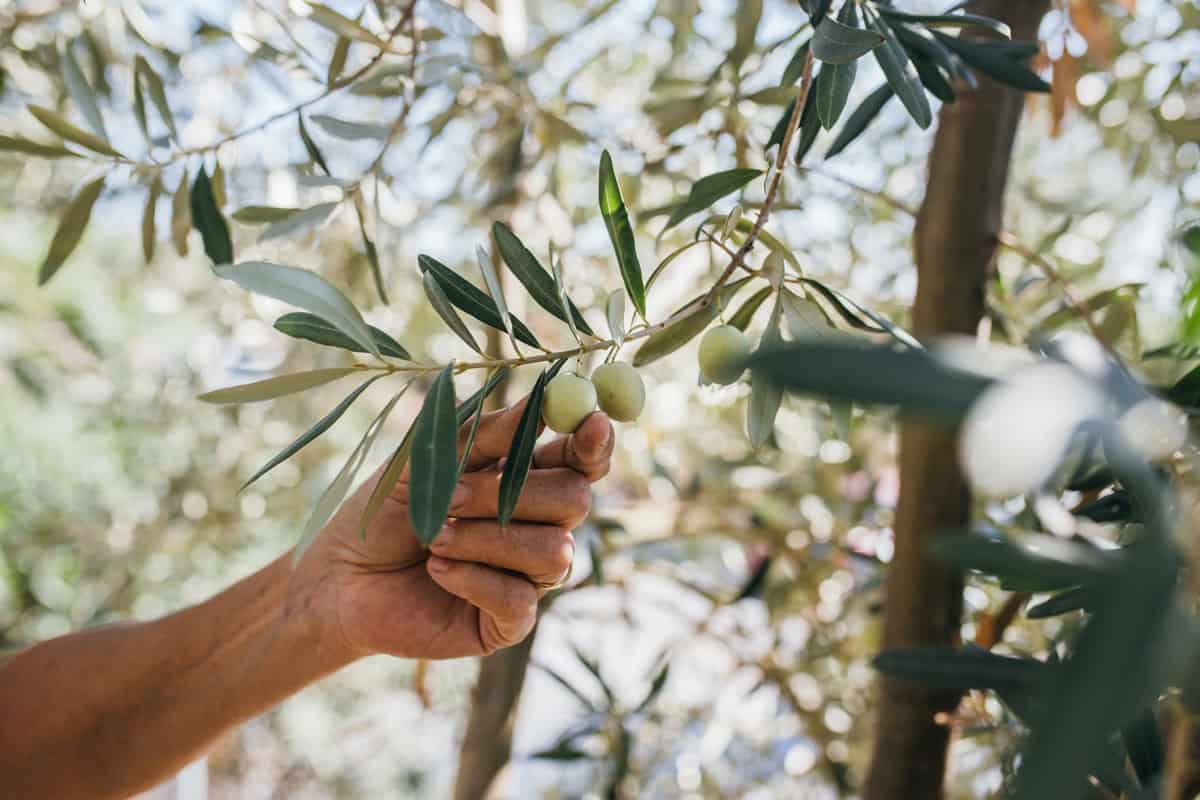
Why Do Olive Trees Cost So Much?
One of the main reasons an olive tree can cost thousands is that they are difficult to ship and plant. Especially for older trees, you could need a crane to lift your olive tree into the backyard.
Olive trees will also produce delicious olives once they mature, which you can use for cooking or even selling. Therefore, many people have these trees for business purposes, although you'd need quite a few to produce enough olives.
Furthermore, olive trees have a unique root system, which can regenerate itself even when the above-ground structure of the tree is destroyed by frost, fire, or disease.
Olive wood is also quite beautiful; people will use these trees as ornamental pieces in their gardens. So, if you're in the market for a gorgeous, self-sustaining, potentially savvy business option, an olive tree could be the answer to your prayers.
Are Olive Trees Hard To Find?
As long as you live somewhere near a nursery, you should be able to find an olive tree. Of course, you may not be able to locate a mature option, but these trees are very popular.
Moreover, olive trees are cultivated worldwide, in places like South Africa, Chile, Peru, Pakistan, Australia, Oregon, and California.
So, if you're in the United States, you have the west coast as a hub for olive tree growing and selling.
In addition, you can purchase a younger olive tree from out of the country in some cases, although this can get tricky logistically.
Older olive trees will be expansive, so moving them will require more time, money, and labor.
You also want to consider how many olive trees you wish to purchase. Usually, there may be some discount for higher quantities, so that's another idea.
What Can You Do With Olive Tree Wood?
One of the other reasons olive trees are so expensive is their wood. Besides producing olives, these trees have a distinct wood that many use to create ornate furniture, kitchenware, carving spoons, fruit bowls, and even chess sets.
For example, you can find high-end olive wood cookware at stores like Pottery Barn, so there's a market for it. That said, olive wood isn't nearly as common as oak or pine, but it's an option to think about.
According to Woodshop News, there is also a high demand for olive wood in the religious market. This material is used to make crucifixes, rosary beads, and other relics.
So, if you enjoy crafting or want to start a business, using olive tree wood could pay off.
Are Olives Trees Difficult To Manage?
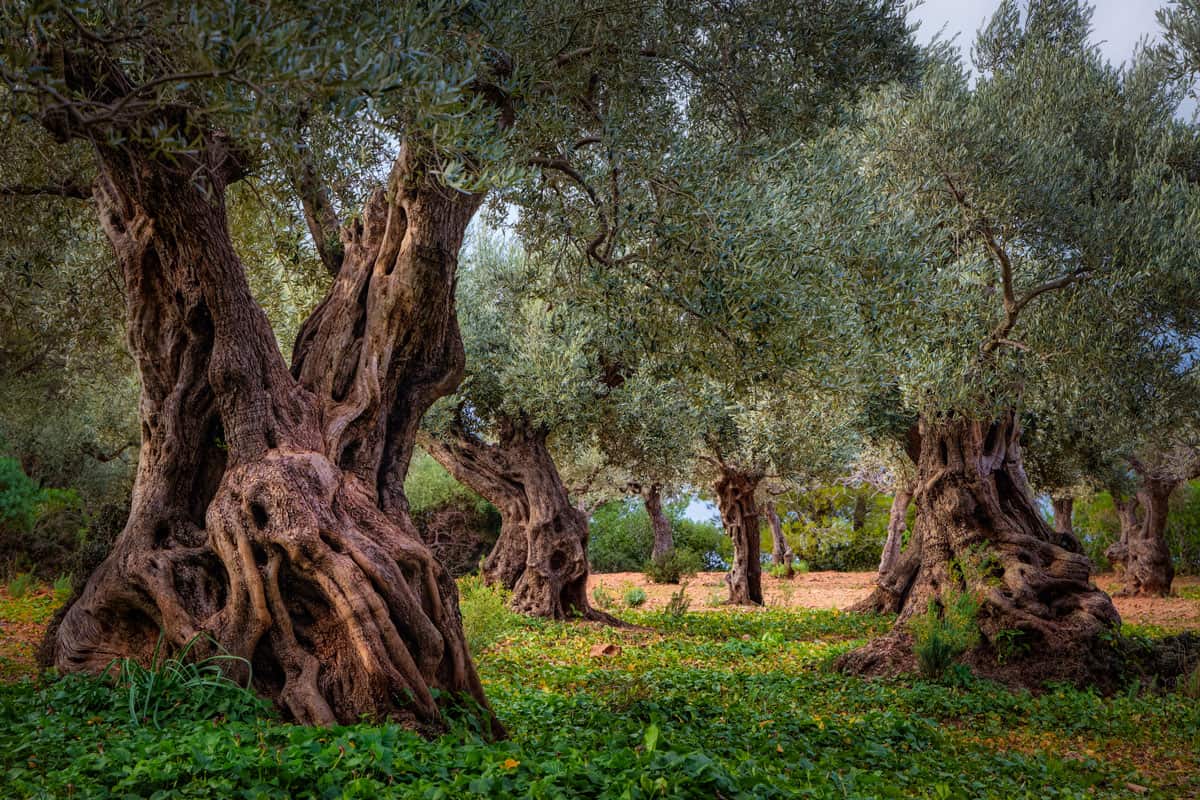
Olive trees aren't necessarily "difficult" to manage, but they can be temperamental. For starters, your olive tree will require plenty of sunlight but not too much heat.
This tree species also prefer fresh air, so urban growing doesn't usually work. In general, the more natural and clean your environment, the better an olive tree will do.
It's also vital to consistently water an olive tree. For example, experts recommend watering an olive tree once weekly for the first year and then cutting back to once monthly as the tree matures.
Furthermore, it's essential not to overwater an olive tree's soil. Even though your tree may need watering between your regular schedule, keep it light to avoid root rot.
It's also imperative to ensure the top two inches of your tree's soil is moist during its first year. Like any tree, your olive will need more attention while it develops.
How Messy Are Olive Trees?
Contrary to popular belief, olive trees are not very messy at all. According to Moon Valley Nurseries, olive trees have a slow molting rate, meaning they won't drop as many leaves.
Your tree won't produce much debris either, as it doesn't typically produce more leaves than it needs. For anyone with a fruiting tree (one that makes olives/olive-like fruit), you may have more clean up after everything drops, but this won't be overwhelming.
Like most fruiting or blooming plants, an olive tree will have periods of messiness. You can't enjoy fresh olives without a bit of extra TLC for the surrounding land, so this is a compromise.
If you're worried about a mess, there are plenty of non-fruiting olive tree varieties, so that's another idea to consider. Again, we don't think your olive tree will be messy enough to bother you, but to each their own.
AMERICAN PLANT EXCHANGE Arbequina Olive Tree
This olive tree will come pre-grown, in a six-inch pot, should be between 18 and 20 inches tall, produces delicious olives, has a summer to winter blooming time, and requires full sun.
Check out this olive tree on Amazon.
How Fast Will My Olive Tree Grow?
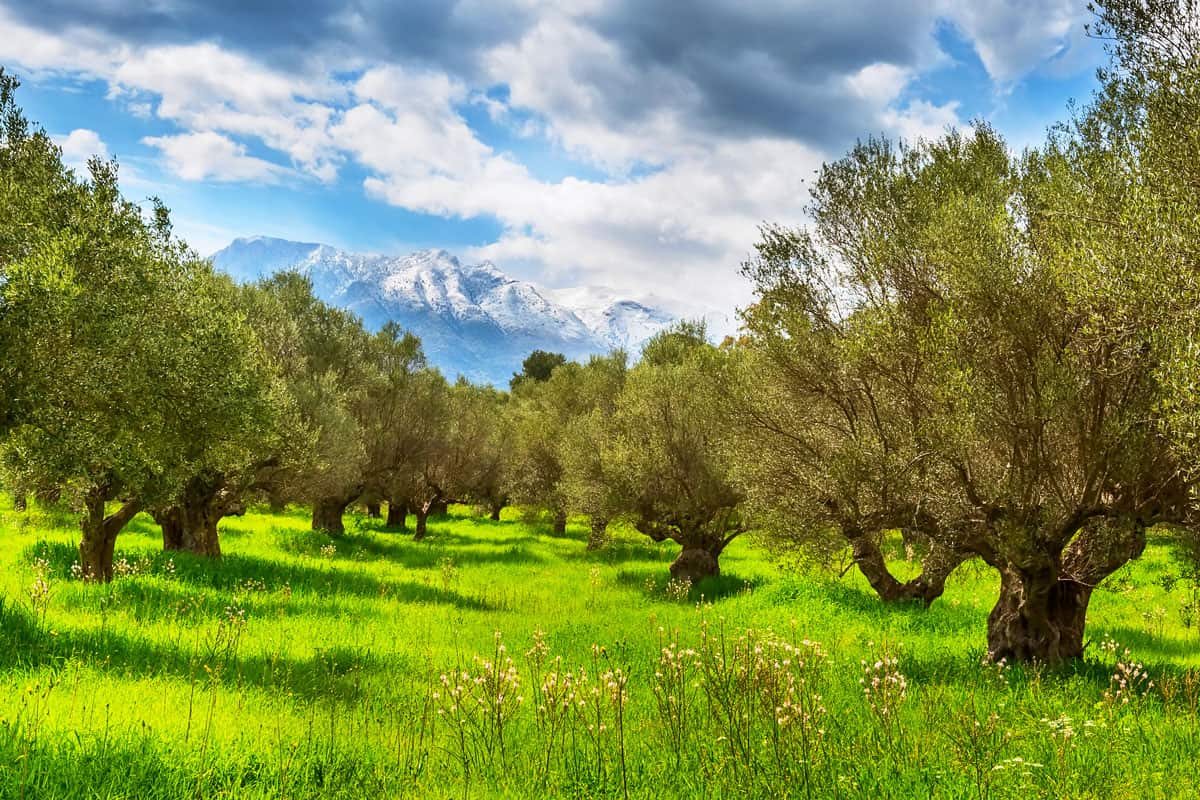
Although olive trees are classified as slow-growing, you can expect to see one grow up to 12 inches annually. On the other hand, some slower-growing olive tree varieties may only grow a few inches each year, so this can vary.
Many olive trees will grow their fastest within the first year or two. Once an olive tree becomes older, it tends to slow down.
Although this can be disappointing, your olive tree will be beautiful regardless of its growth rate, so don't get discouraged.
For example, it may take your olive tree ten or more years to reach full size. With that said, your tree should start producing fruit within 1-2 years, so you don't have to miss out on all the fun.
Again, every olive tree is different, so you could see more than 12 inches of annual growth or much less.
How Big Do Olive Trees Get?
On average, you can expect an olive tree to reach heights between 25 and 30 feet. One interesting fact about these trees is that their spread (width) can be about the same size as their height.
This could be the perfect choice for anyone wanting a fuller tree in their garden. Olive trees are also known for their twisted trunks, which can become magnificent as they mature.
With that said, we recommend planting multiple olive trees roughly 16-20 feet apart from each other so both trees have the opportunity to thrive.
The same goes for other species, as your olive tree will take over if it feels threatened.
Giving your olive trees enough room can also result in better blooms and fruit production, so spacing can play a significant role here.
Is Buying An Olive Tree A Good Investment?
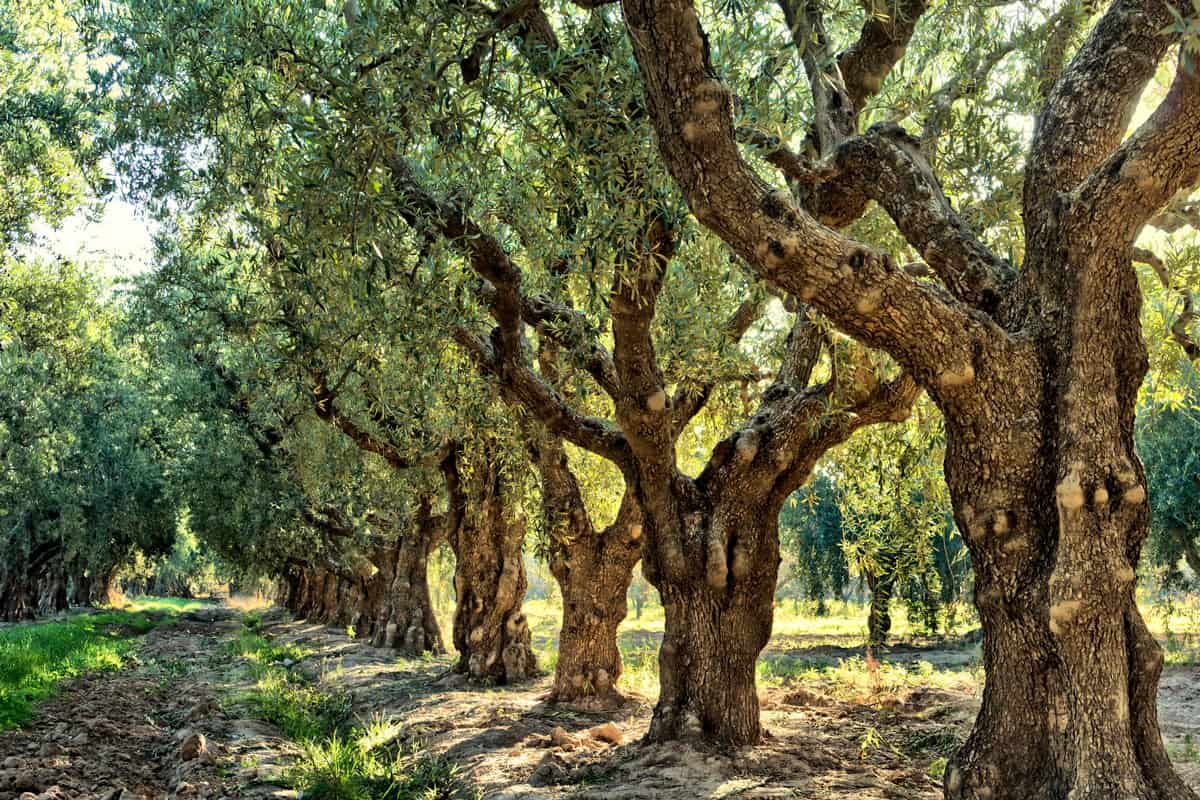
We would agree that purchasing an olive tree is a good investment. According to Wikifarmer, olive farmers tend to see success in the mid and long term of purchasing their olive trees.
Even if you aren't a farmer, having an olive tree can be a gorgeous ornamental feature to your landscape. As we mentioned, these trees tend to have twisted wood and can grow very wide and tall.
On top of that, if you purchase a fruiting variety, you can enjoy fresh olives every year! Although this may not be super exciting to some, there's nothing better than eating food you grew yourself at home.
To Wrap Things Up
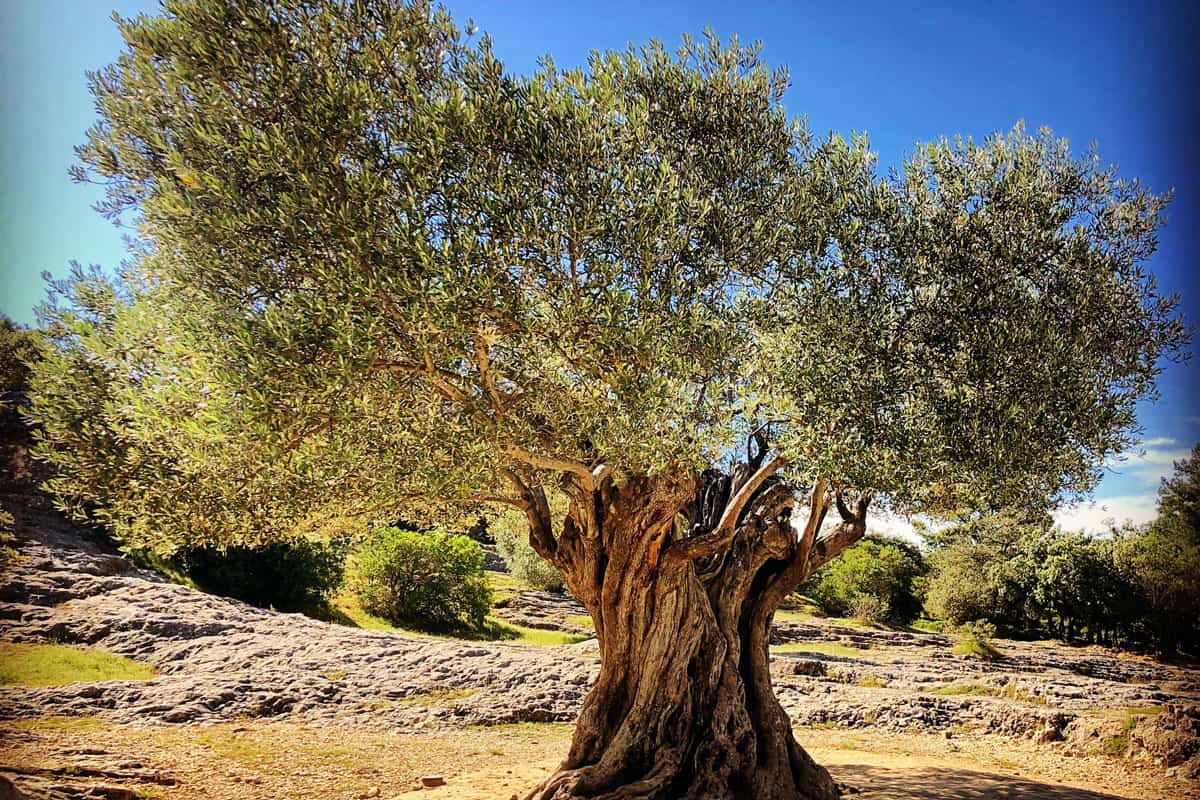
Whether you want to plant an olive tree or already have one, it's always good to create a budget. We found that young olive trees can be as cheap as $50-$100, while more mature trees can cost you upwards of $1,000.
Of course, the final price of your olive tree will greatly vary based on your location, whether you need to rent equipment to plant/move your new tree or according to the current market value.
Regardless, remember to shop around for smaller olive trees if you don't want to spend as much, and don't be afraid to opt for a non-fruiting tree if you prefer less clean-up.
Made it to the end? Check out these helpful related posts below!

